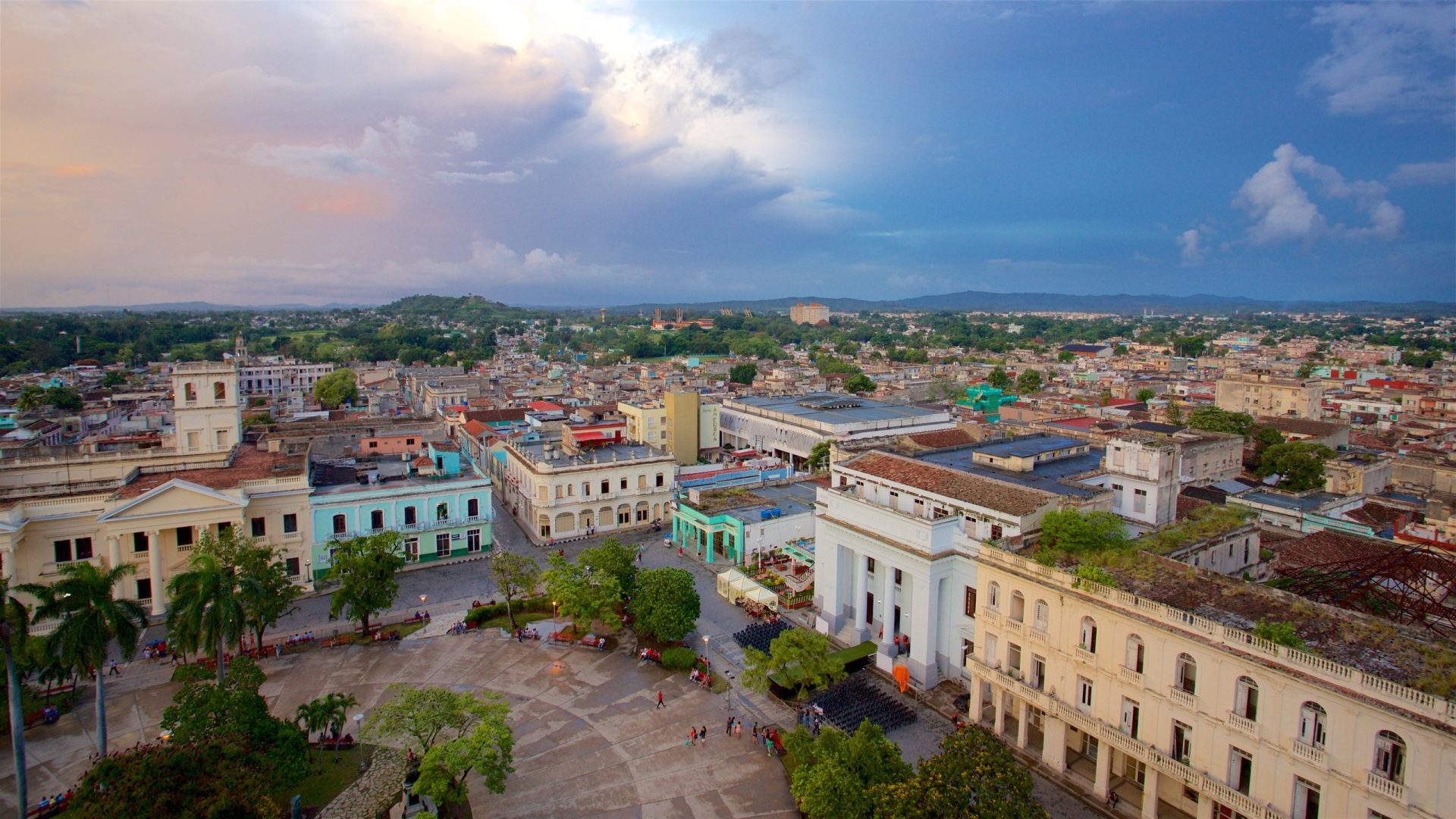Immerse yourself in the vibrant culture, history, and breathtaking landscapes of Cuba. This guide highlights the top travel destinations in Cuba, perfect for the discerning traveler in search of both adventure and relaxation.
Table of Contents
- Introduction: Why Choose Cuba as Your Travel Destination?
- Havana: Cuba’s Heart and Soul
- Old Havana: A Step Back in Time
- Vedado: Modern Havana’s Cosmopolitan Hub
- Varadero: Beach Lover’s Paradise
- Trinidad: Echoes of Colonial Cuba
- Cienfuegos: The Pearl of the South
- Santiago de Cuba: The Cradle of the Revolution
- Pinar del Rio: Cuba’s Green Frontier
- Baracoa: Cuba’s Hidden Gem
- Viñales Valley: Nature’s Masterpiece
- Cayo Coco: An Island of Endless Beauty
- Holguin: A City of Parks
- Santa Clara: A City Steeped in Revolutionary History
- Guardalavaca: A Relaxing Seaside Retreat
- Bay of Pigs: A Site of Historical Significance
- Camaguey: A City of Labyrinths
- The Zapata Swamp: An Ecological Wonderland
- El Nicho: A Natural Paradise
- Jardines del Rey: A Chain of Pristine Islands
- Morón: The City of Roosters
- Playa Girón: An Unforgettable Diving Destination
- Remedios: A Taste of Traditional Cuba
- Cuba’s Lesser-Known Destinations
- Travel Tips for Visiting Cuba
- FAQs
- Conclusion: Experience the Wonders of Cuba
Introduction: Why Choose Cuba as Your Travel Destination?
Often recognized as the crown jewel of the Caribbean, Cuba is a tropical paradise teeming with colorful architecture, unique cultural heritage, lush landscapes, and beaches that stretch as far as the eye can see. But what sets Cuba apart from other Caribbean destinations? It’s the nostalgic allure of vintage cars cruising down boulevard streets, the pulsating rhythm of salsa music, and the irresistible aroma of authentic Cuban cuisine. These elements harmoniously blend to create an immersive experience that encapsulates the heart and soul of Cuba.
Havana: Cuba’s Heart and Soul
Old Havana: A Step Back in Time

In the heart of Cuba’s capital lies Old Havana, a UNESCO World Heritage site steeped in history and culture. Strolling down its narrow cobblestone streets feels like stepping into a time machine. Majestic colonial buildings stand as silent witnesses to a bygone era, while classic American cars add to the city’s vintage charm. From the vibrant Plaza Vieja to the iconic El Capitolio, each corner of Old Havana offers a glimpse into the city’s rich past.
Vedado: Modern Havana’s Cosmopolitan Hub
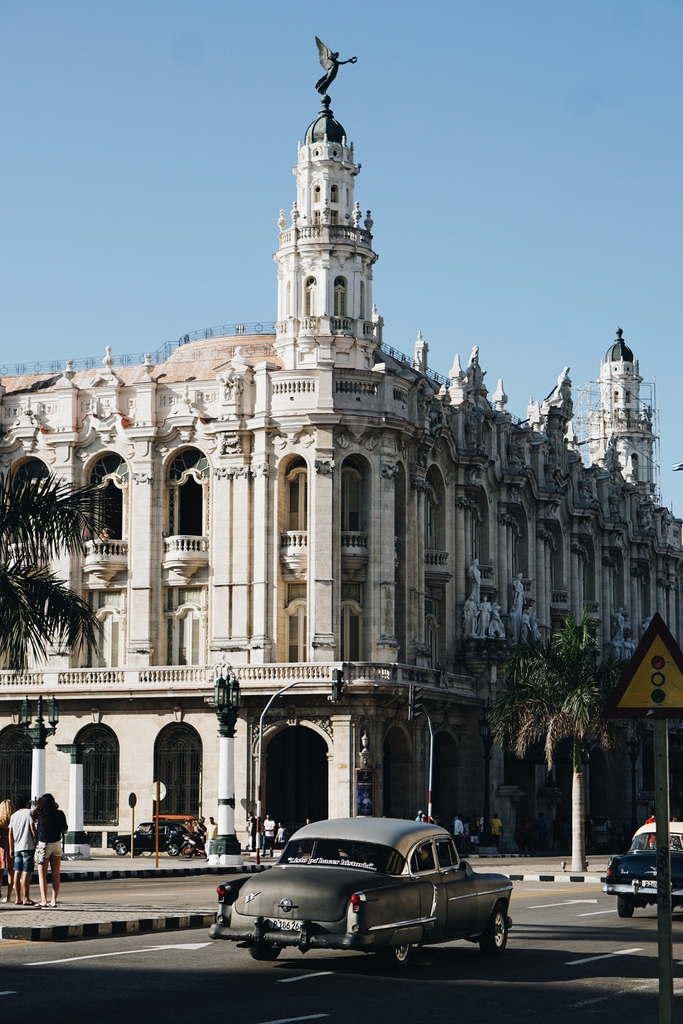
While Old Havana harks back to the past, Vedado is a window into modern-day Cuba. Known for its bustling nightlife, Vedado is home to jazz clubs, theatres, and a multitude of restaurants serving international and local delicacies. The neighborhood also houses the University of Havana, contributing to its youthful, vibrant atmosphere.
Varadero: Beach Lover’s Paradise
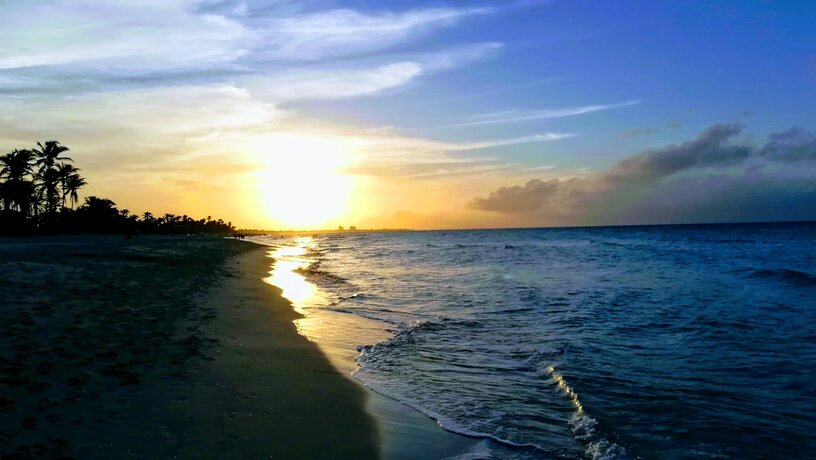
Varadero is Cuba’s premier beach destination, boasting 20 kilometers of white sandy beaches and crystal-clear waters. Beyond sunbathing, visitors can partake in various water sports, from snorkeling and scuba diving to sailing and fishing. The nearby Varahicacos Ecological Reserve offers a chance to explore Cuba’s diverse flora and fauna.
Trinidad: Echoes of Colonial Cuba
Trinidad is a perfectly preserved Spanish colonial town that will captivate history buffs. The town’s pastel-colored buildings, rustic cobblestone streets, and well-preserved architectural gems lend it a unique charm. The Plaza Mayor, Trinidad’s central square, is surrounded by notable landmarks, including the Church of the Holy Trinity and the Romantic Museum.
Cienfuegos: The Pearl of the South
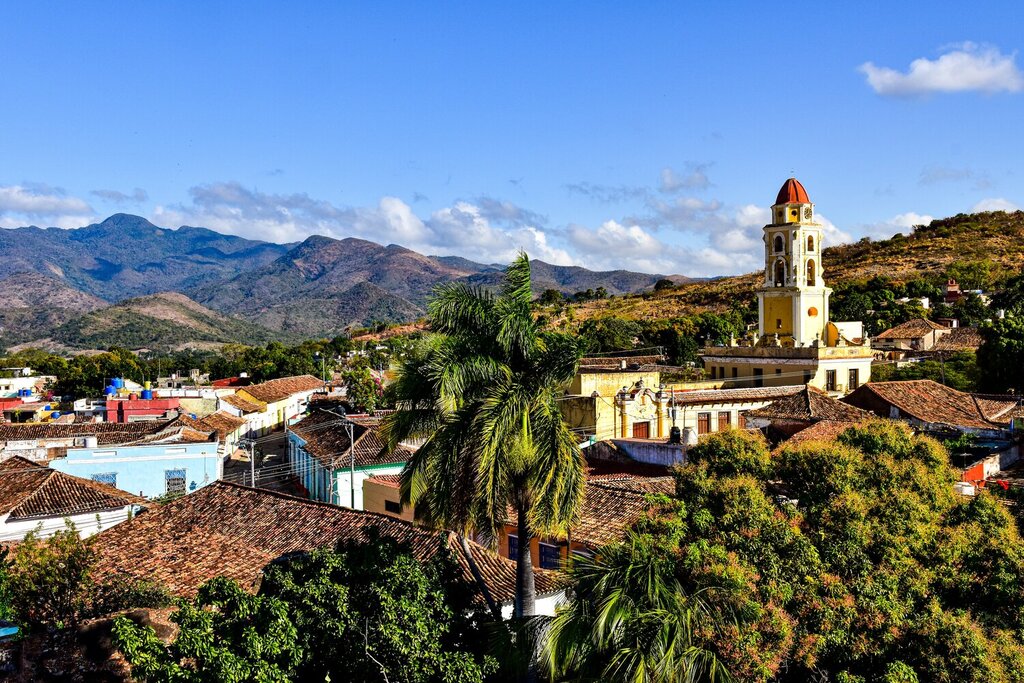
Situated on the southern coast of Cuba, Cienfuegos is known for its elegant neoclassical architecture and stunning waterfront views. The city’s French influence is evident in its wide boulevards, manicured parks, and the exquisite Palacio de Valle.
Santiago de Cuba: The Cradle of the Revolution
As the birthplace of the Cuban Revolution and son music, Santiago de Cuba holds a special place in Cuban history and culture. The city’s vibrant music scene and historical landmarks make it an unmissable destination for travelers seeking a deeper understanding of Cuba’s past.
Pinar del Rio: Cuba’s Green Frontier
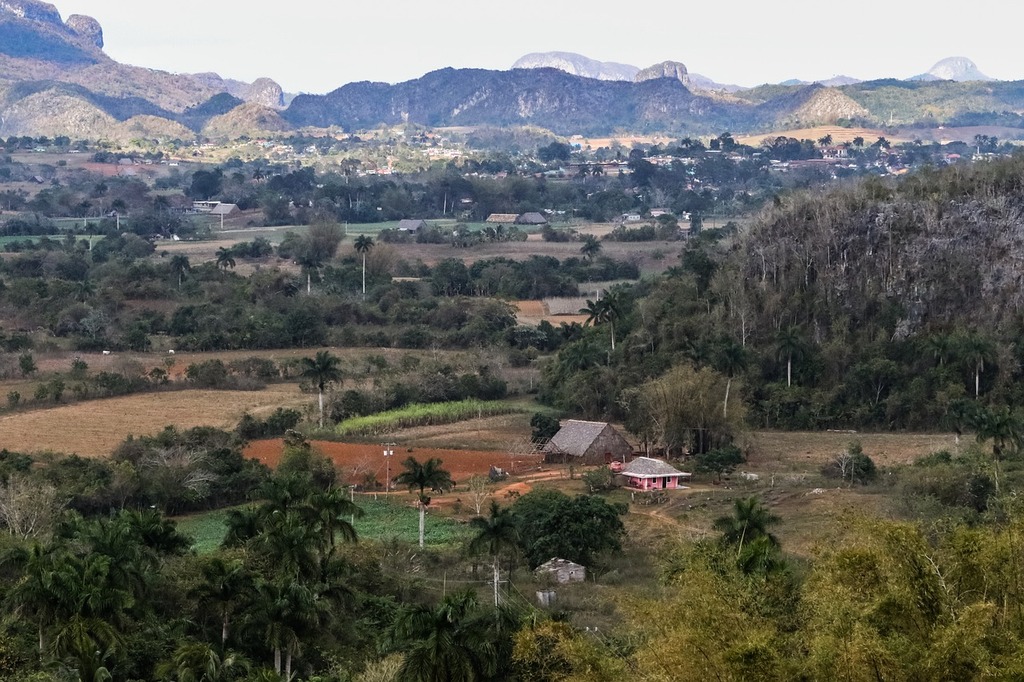
Pinar del Rio is the gateway to Cuba’s tobacco country, where the world’s finest cigars originate. The Viñales Valley, a UNESCO World Heritage site, offers breathtaking views of mogote hills and traditional tobacco farms. Nature lovers will also appreciate the region’s numerous national parks, such as the Guanahacabibes Peninsula.
Baracoa: Cuba’s Hidden Gem
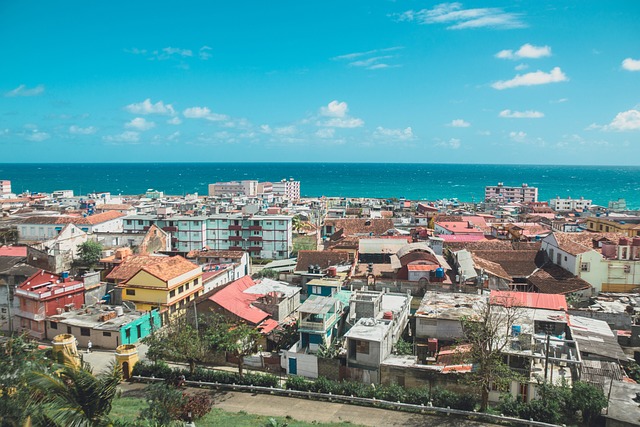
Located in the easternmost part of Cuba, Baracoa is the country’s oldest town and a treasure trove of natural beauty. Its remote location has helped preserve its unique charm and authenticity. With lush rainforests, pristine beaches, and an abundance of local cocoa and coconut plantations, Baracoa offers an off-the-beaten-path experience for adventurous travelers.
Viñales Valley: Nature’s Masterpiece
Viñales Valley, characterized by its unique karst landscape and traditional farming methods, is a haven for nature lovers. The valley offers opportunities for horse riding, hiking, and rock climbing. Don’t miss a visit to the Prehistoric Mural, a colorful painting on a cliff face depicting prehistoric life.
Cayo Coco: An Island of Endless Beauty
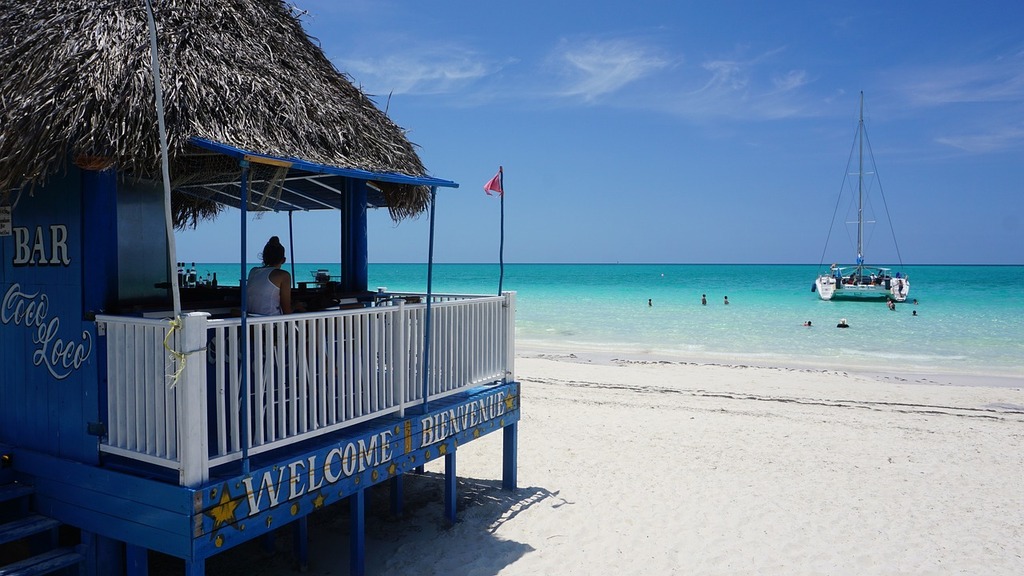
Cayo Coco, part of the Jardines del Rey archipelago, is known for its pristine white sand beaches and coral reefs teeming with marine life. The island also hosts a rich variety of bird species, making it a paradise for birdwatchers and nature enthusiasts.
Holguin: A City of Parks
Holguin, often referred to as the ‘City of Parks’, is a charming city featuring several green squares perfect for leisurely strolls and people-watching. One of the city’s highlights is the Loma de la Cruz, a hill offering panoramic views of the city and its surrounding landscape.
Santa Clara: A City Steeped in Revolutionary History
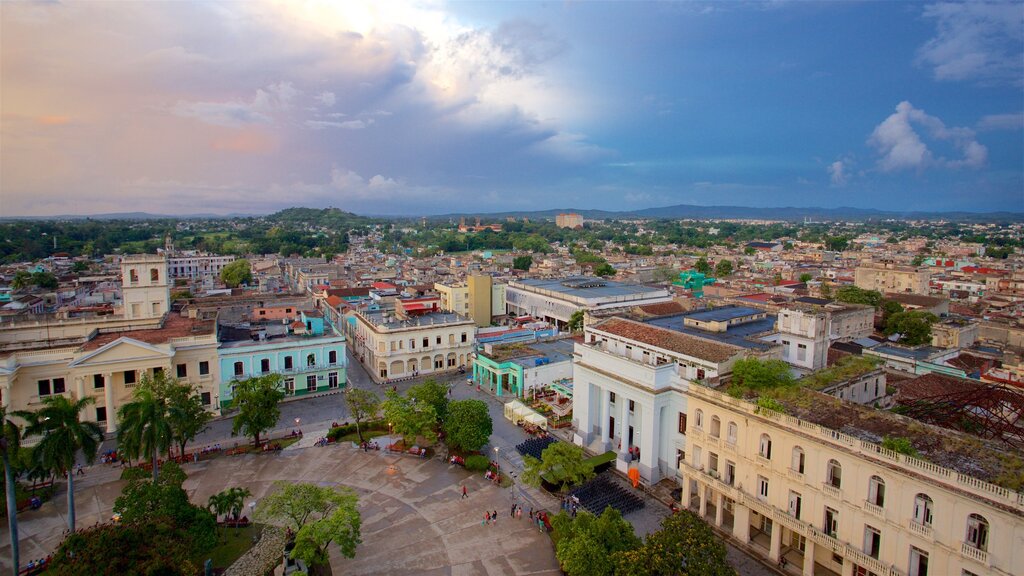
Santa Clara is synonymous with Che Guevara, the iconic face of the Cuban Revolution. The city is home to a mausoleum and museum dedicated to his memory. Santa Clara also boasts a thriving cultural scene, with art galleries, music venues, and theaters dotted across the city.
Guardalavaca: A Relaxing Seaside Retreat
Guardalavaca is a small resort town known for its stunning beaches and relaxed atmosphere. It’s the perfect place to unwind and soak up the Cuban sun. The nearby Chorro de Maíta Museum and Aldea Taína provide a fascinating insight into Cuba’s pre-Columbian history.
Bay of Pigs: A Site of Historical Significance
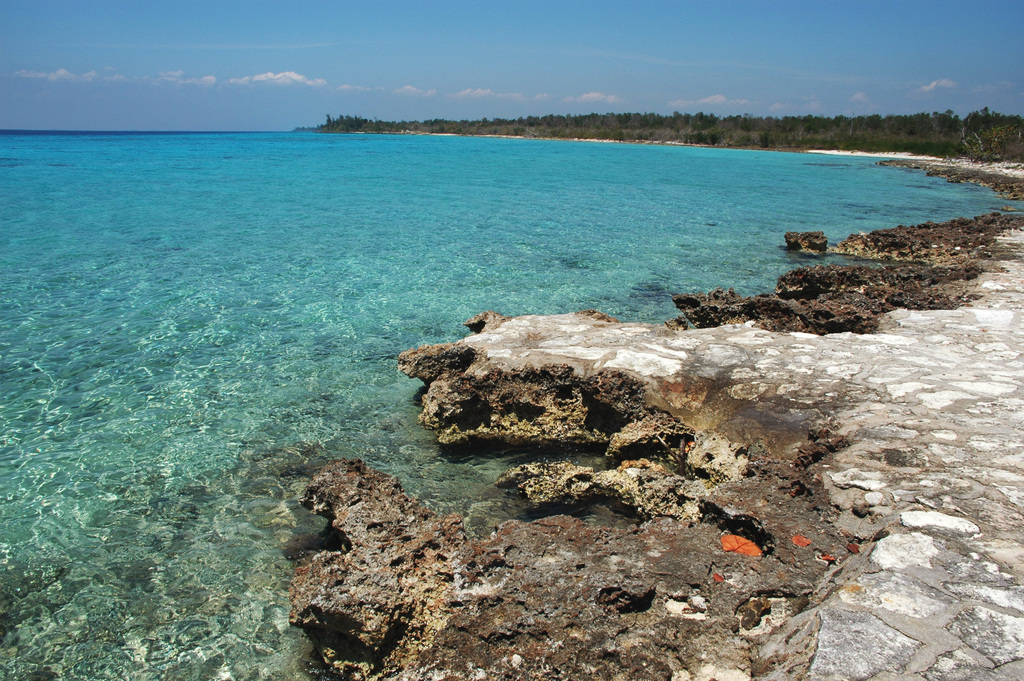
The Bay of Pigs is not just a beautiful beach destination; it’s also a significant historical site known for the failed US-backed invasion in 1961. Today, visitors can explore the area’s historical landmarks and enjoy its natural beauty, including excellent diving and snorkeling spots.
Camaguey: A City of Labyrinths
Camaguey, with its maze-like streets and numerous churches, offers a unique urban experience. The city is known for its distinctive clay pots, known as tinajones, which are used to collect rainwater.
The Zapata Swamp: An Ecological Wonderland
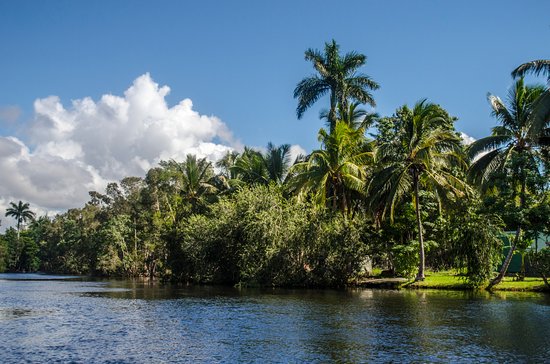
The Zapata Swamp, a UNESCO Biosphere Reserve, is the largest wetland in the Caribbean and a refuge for numerous species of wildlife, including the Cuban crocodile. Visitors can explore the swamp via boat tours, nature trails, or bird-watching expeditions.
El Nicho: A Natural Paradise
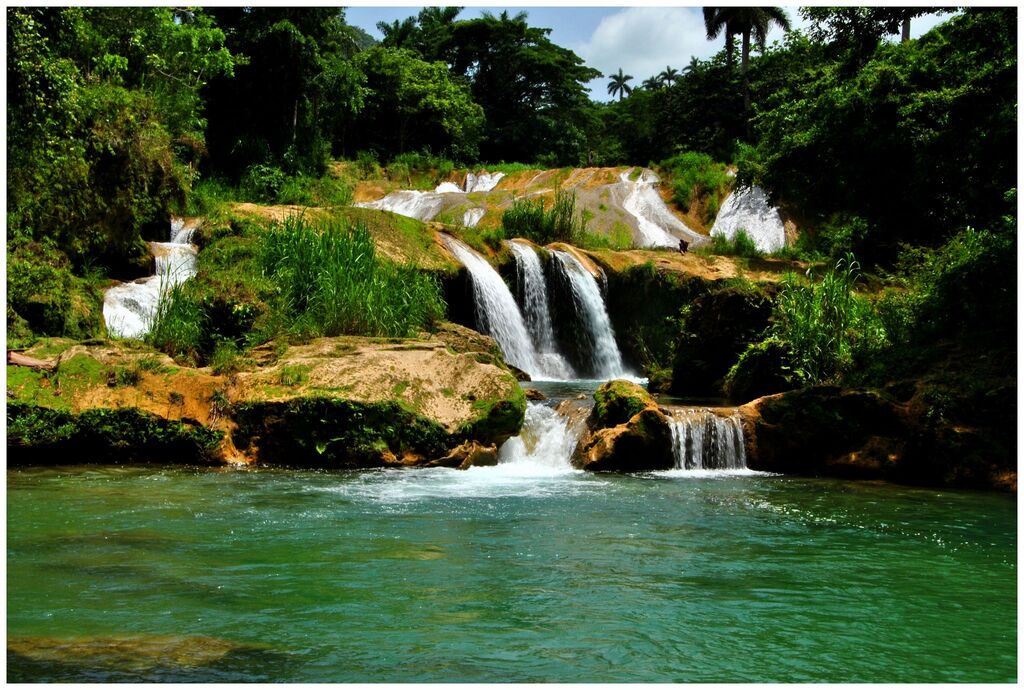
El Nicho is a part of the Escambray Mountains that offers an array of natural pools, waterfalls, and hiking trails. It’s an idyllic spot to escape the hustle and bustle of city life and immerse oneself in nature’s tranquility.
Jardines del Rey: A Chain of Pristine Islands
The Jardines del Rey archipelago is a group of idyllic islands known for their stunning beaches, crystal-clear waters, and abundant marine life. It’s a top destination for water sports enthusiasts and those seeking serene beach getaways.
Morón: The City of Roosters
Morón is known as the ‘City of Roosters’ due to its large rooster statue, a symbol of the city. Apart from its colorful urban life, Morón serves as a gateway to the beautiful northern cays, making it a strategic stop for travelers.
Playa Girón: An Unforgettable Diving Destination

Playa Girón, located on the eastern side of the Bay of Pigs, is a must-visit for scuba diving and snorkeling enthusiasts, offering a multitude of underwater caves and an abundance of marine life.
Remedios: A Taste of Traditional Cuba
Remedios is one of the oldest towns in Cuba and remains a well-preserved example of traditional Cuban life. It’s famous for its annual “Las Parrandas” festival, a vibrant event filled with music, dance, and colorful fireworks.
Cuba’s Lesser-Known Destinations
While popular spots like Havana and Varadero are must-visits, Cuba also has plenty of lesser-known destinations that are equally captivating. From the hidden beaches of the northern cays to the lush mountains of Sierra Maestra, there are countless hidden gems waiting to be discovered.
Travel Tips for Visiting Cuba
Traveling to Cuba is an adventure, but it’s essential to be prepared. From understanding Cuba’s dual-currency system to knowing the best time to visit, these travel tips can ensure you have a smooth and enjoyable trip.
FAQs
What is the best time to visit Cuba? The best time to visit Cuba is during the dry season from November to April when the weather is warm and rainfall is minimal. This period also coincides with numerous cultural festivals, providing an enriching experience for travelers.
Do I need a visa to travel to Cuba? Yes, most travelers need a tourist card or visa to travel to Cuba. The requirements vary depending on your country of origin, so it’s advisable to check with your local Cuban embassy or consulate for the most accurate information.
Is Cuba safe for tourists? Cuba is generally safe for tourists. However, like any travel destination, it’s important to stay vigilant, especially in crowded areas. Always keep an eye on your belongings and avoid isolated areas, especially at night.
What currency is used in Cuba? Cuba has a dual currency system: the Cuban Peso (CUP) used by locals, and the Cuban Convertible Peso (CUC) used by tourists. It’s important to note the difference as the value of CUC is significantly higher than CUP.
What is the official language in Cuba? The official language of Cuba is Spanish. While English is spoken in some tourist areas, learning basic Spanish phrases can enhance your travel experience.
What are the unique cultural experiences in Cuba? Cuba offers numerous cultural experiences, from salsa dancing and cigar tasting to exploring vintage car workshops. Participating in these activities offers a deeper understanding of Cuba’s rich cultural heritage.
Conclusion: Experience the Wonders of Cuba
There’s no denying the irresistible allure of Cuba. With its rich history, vibrant culture, and awe-inspiring landscapes, Cuba is truly a destination like no other. So whether you’re an avid historian, a beach lover, or a nature enthusiast, the top travel destinations in Cuba have something to offer for every traveler. Experience the magic of Cuba, and you’ll understand why it’s considered a tropical paradise on earth.

